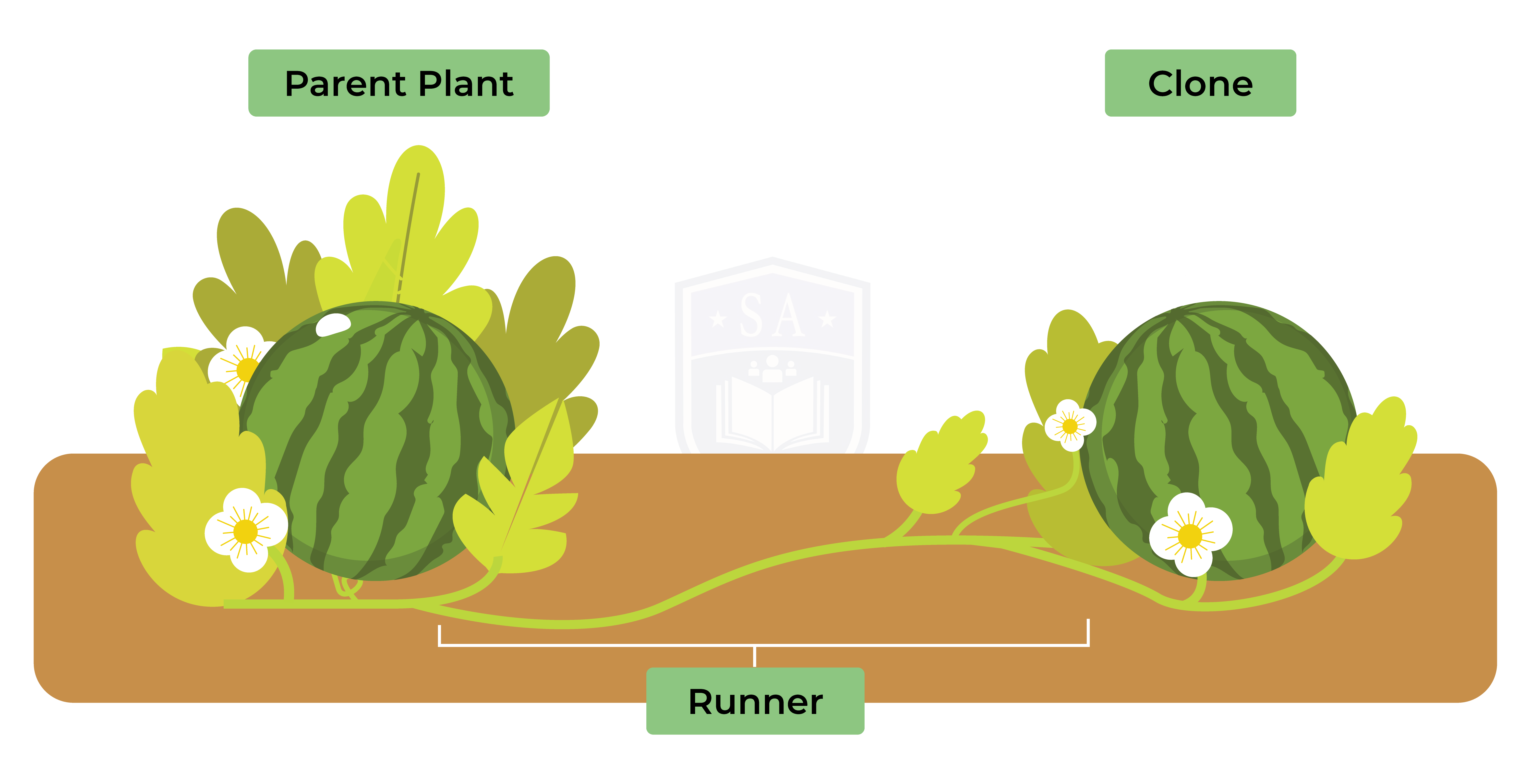REVISION NOTES
IGCSE Edexcel Biology
3.1 Reproduction (in Plants)
3.1.1 Understand the differences between sexual and asexual reproduction
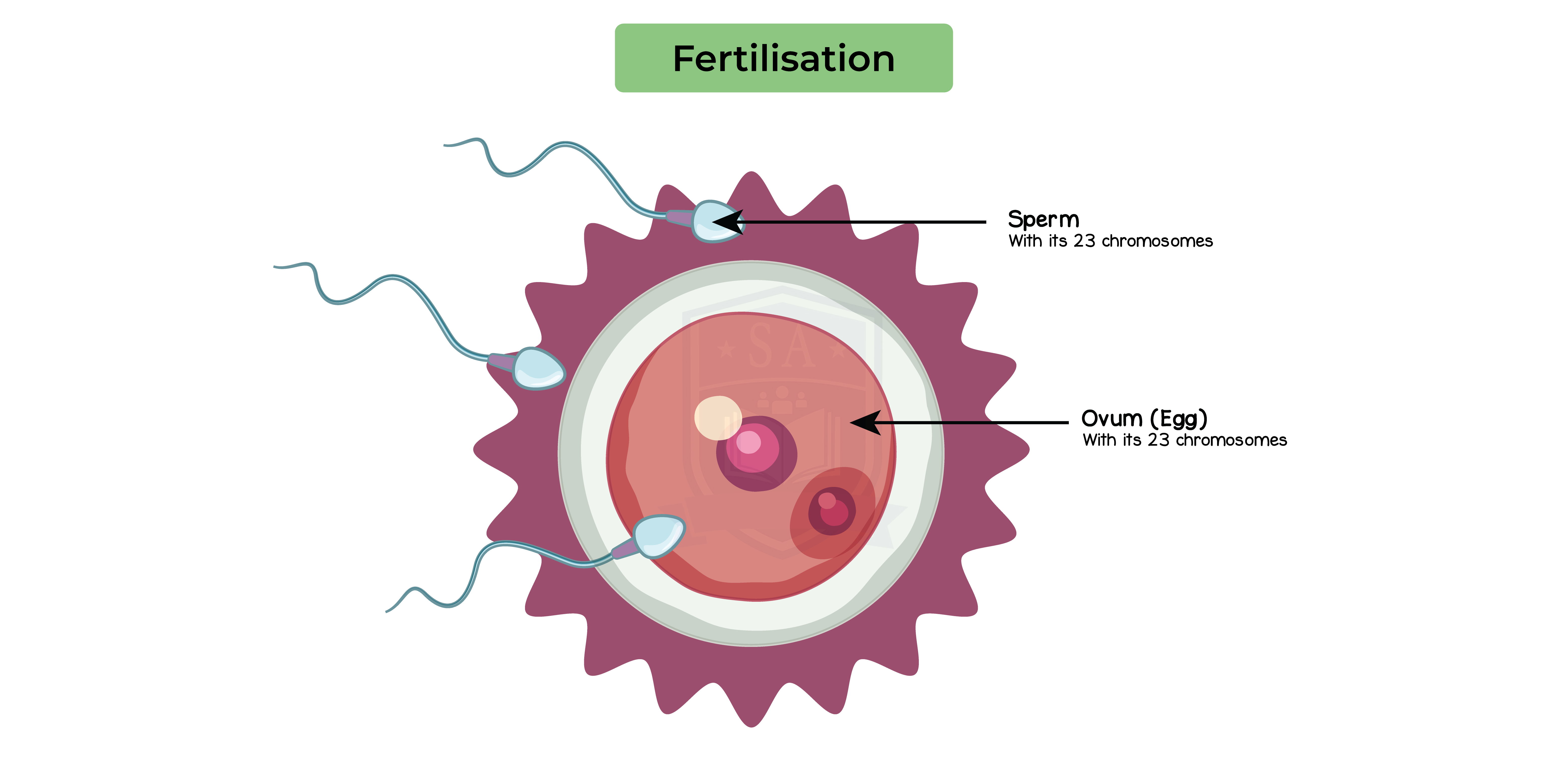

3.1.2 Understand that fertilisation involves the fusion of a male and female gamete to produce a zygote that undergoes cell division and develops into an embryo
Gametes and zygote:
- Gamete is a sex cell containing half the number of chromosomes
- Half the number of chromosomes is called a haploid nucleus
- Only contains one copy of each chromosome instead of two
- Human cells contain 46 chromosomes but gametes contain 23 chromosomes
- Sex cells in animals are the ovum and sperm
- Sex cells in plants are pollen nucleus and ovum
- The nuclei of two gametes fuse together to form zygote
- Contains the full number of chromosomes making it a diploid nucleus
Fertilisation:
- Fertilisation is the fusion of two gamete nuclei
- Derived from a male and a female parent
- The nuclei of two gametes fuse together to form zygote
- Zygotes undergo cell division to develop into an embryo
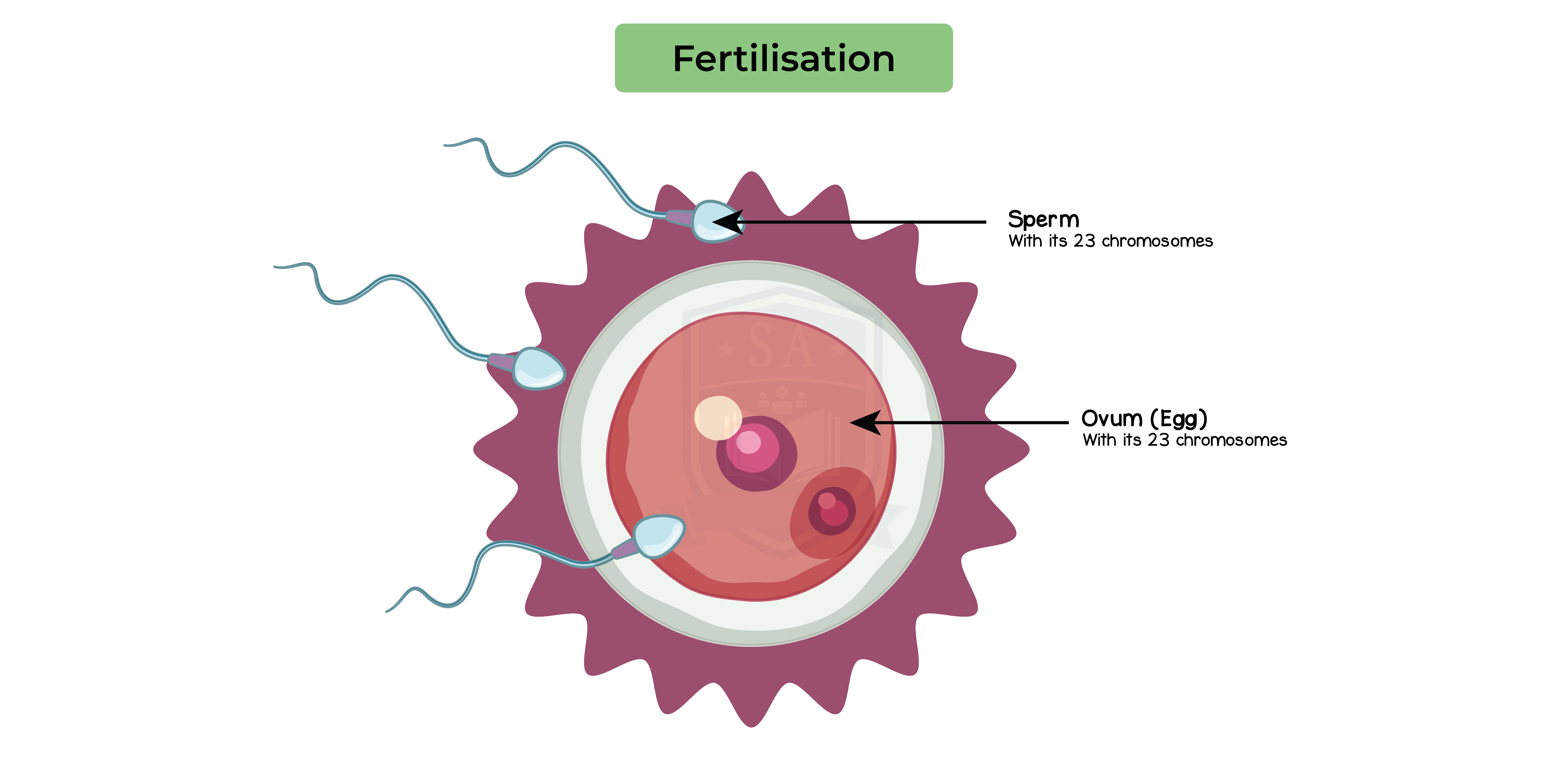
3.1.3 Describe the structures of an insect-pollinated and a wind-pollinated flower and explain how each is adapted for pollination
Pollination:
Reproductive organs of plants are:
- Flowers containing pollen (male gamete)
- Stigma (female part of the plant)
- Pollen is unable to move
- Needs to be transferred from the anther (male part of the plant) to the stigma
- Process of transferring pollen to the stigma is called pollination which can occur by:
- Insect pollination
- Wind pollination
- Plants can either cross-pollinate or self-pollinate
- Cross pollination – pollination between two different plants of the same species
- Increases genetic variation of offspring
- Self pollination – pollination between two flowers of the same plant
- Decreases genetic variation of offspring
Insect-pollination in plants:
- Insect-pollinated plants contain nectar at the base of the petals
- Provides insects with energy
- Insects visit flowers for nectar
- There is contact between the insect and the anthers
- Pollen sticks to the insects body
- The insect carries this pollen where it may brush the stigma of another flower
- Pollen is dropped into the stigma of this second plant
Wind pollination in plants:
- Pollination is a random process
- When the anthers are ripe, they open up
- Pollen is released into open air
- Pollen is carried by wind until it randomly lands on the stigma of another plant of the same species leading to pollination
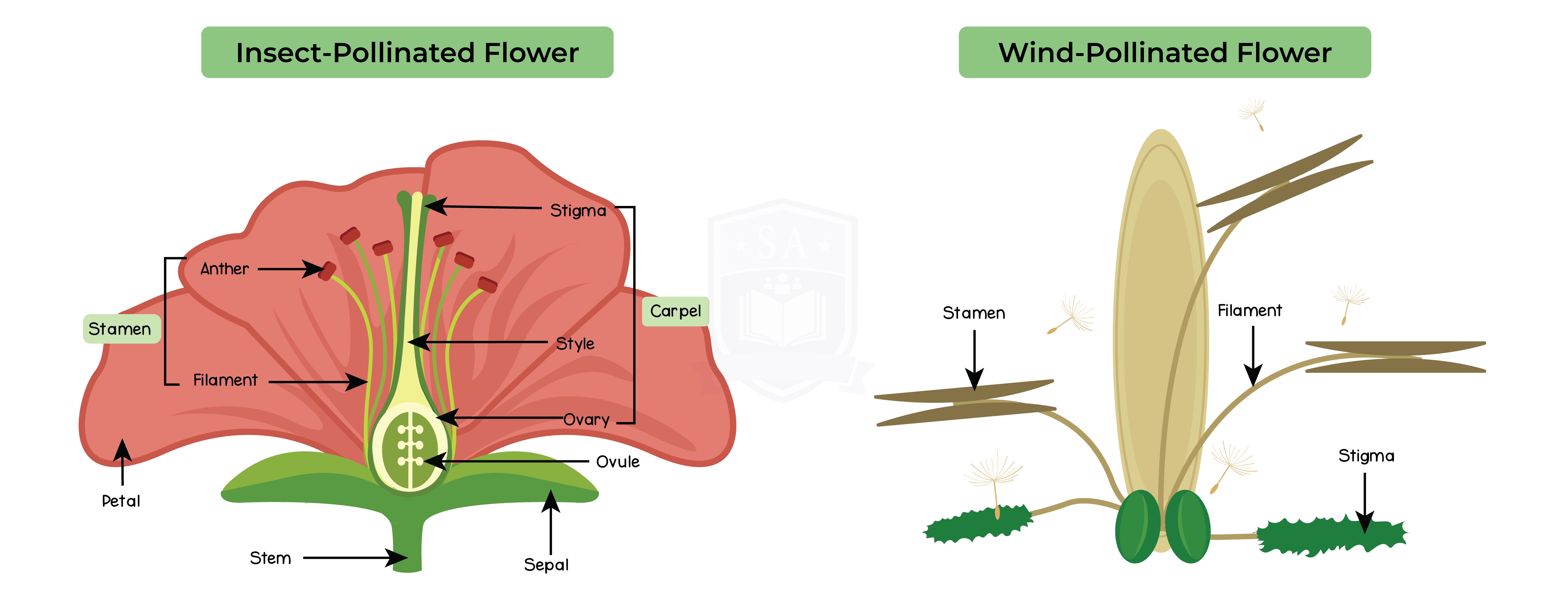
3.1.4 Understand that the growth of the pollen tube followed by fertilisation leads to seed and fruit formation
Seed and fruit formation:
- Pollen grain lands on stigma
- Pollen tube formation occurs
- Only if the pollen lands on the stigma of the same species
- Pollen tube grows down the style and towards the ovary
- The nucleus of the pollen travels down this tube to fuse with the ovum
- Fertilisation occurs when the ovum nucleus fuses with the pollen grain nucleus
- The ovule that is fertilised is then called a zygote
- The zygote divides to develop into a seed
- Walls of the ovule develop into the seed coat (testa)
- Ovary walls and other parts of the flower around the ovule turn into fruit
- Fruits contain varying number of seeds
- Depends on the number of ovules present
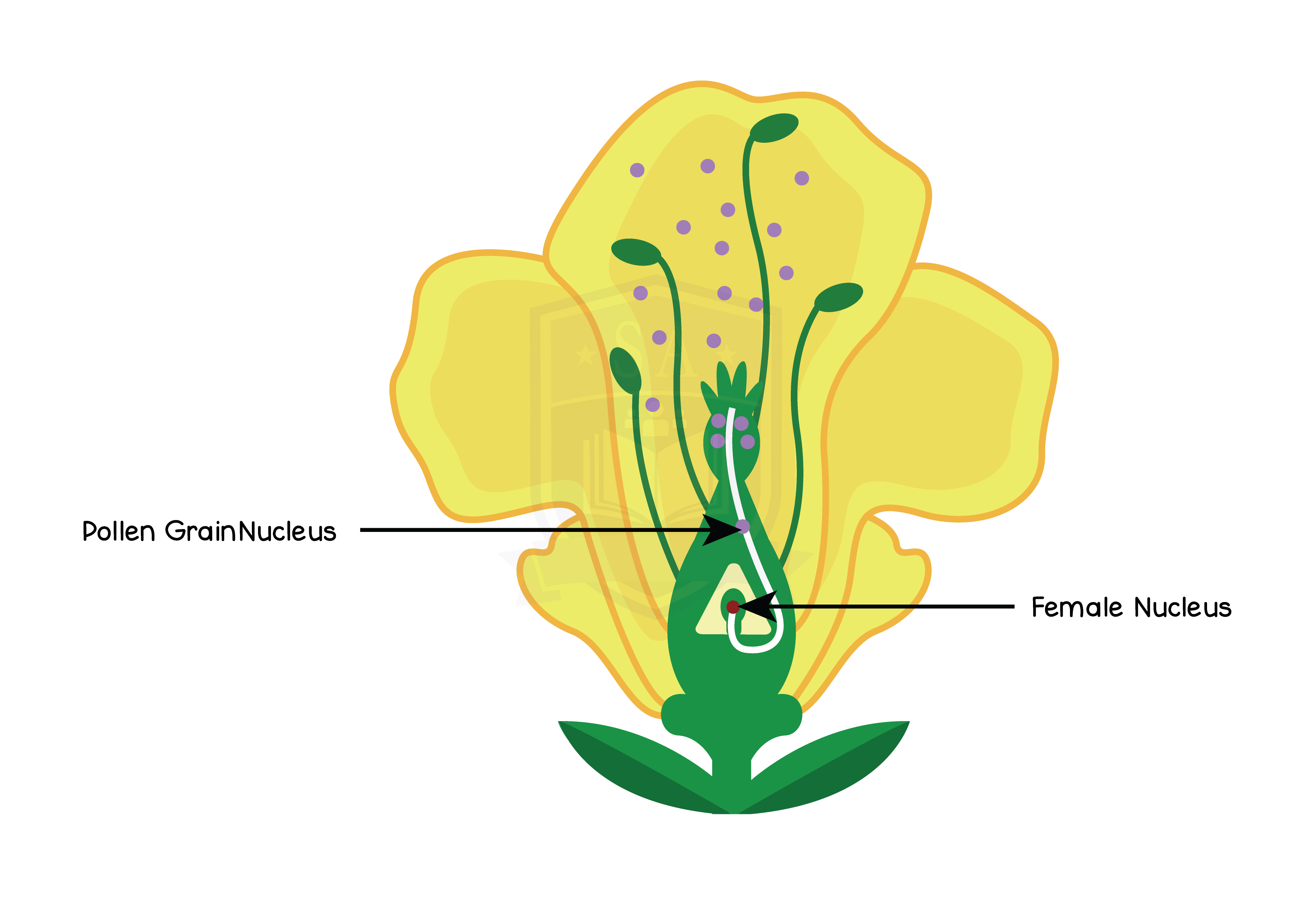

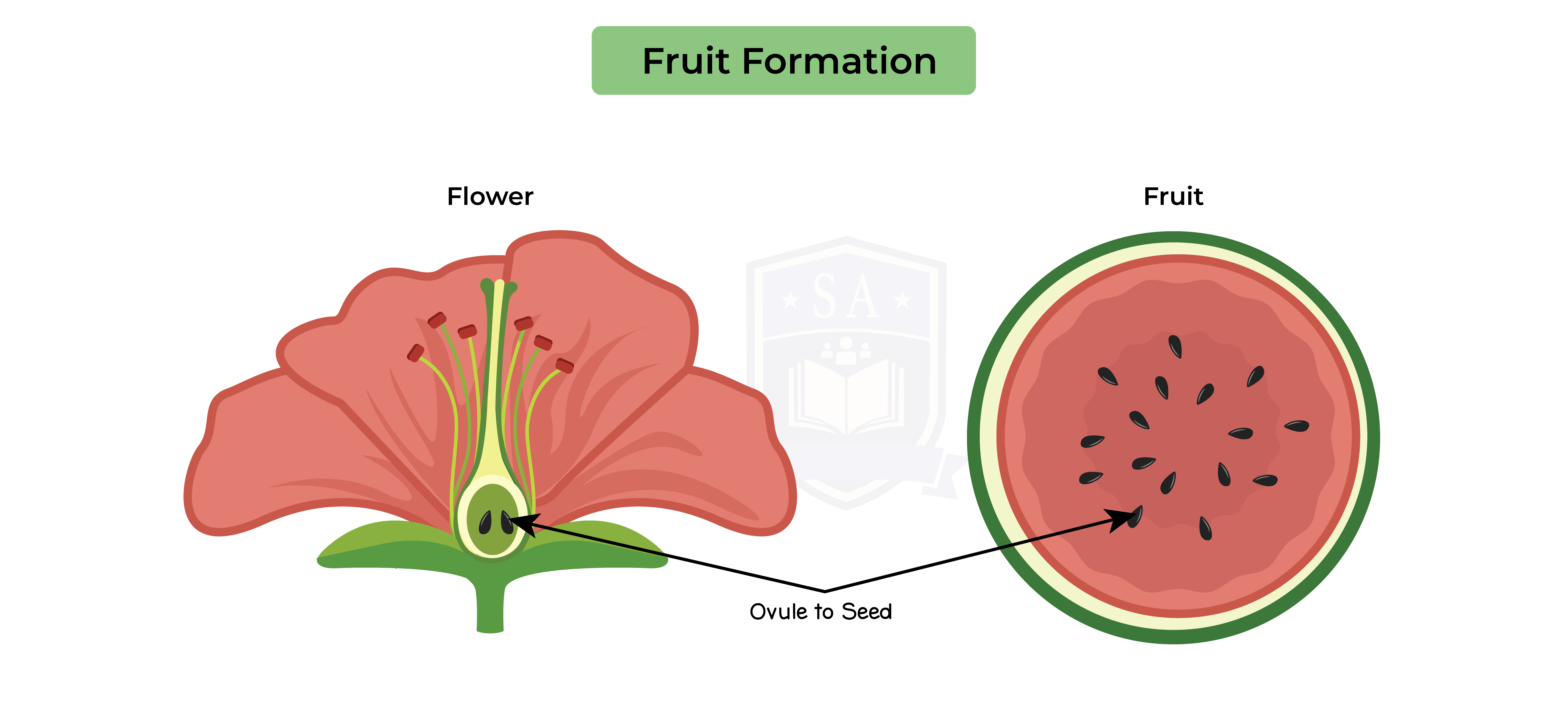
3.1.5 Practical: investigate the conditions needed for seed germination
Method:
- Set up 3 test tubes containing cotton wool
- Add 15 seeds to each test tube
- Label the test tubes as seen in the diagram above with:
- In test tube 1 add just enough water to make the cotton wool moist (control)
- In test tube 2 leave the cotton wool dry (lack of water)
- In test tube 3 add just enough water to cover the cotton wool completely then add a layer of oil on top (lacks oxygen)
- Incubate test tube 1, 2 and 3 at room temperature for 4 days
- Keep adding droplets of water to test tube 1 throughout the 4 days
- Observe the number of germinating seeds after the 4 day incubation period
Results:
- Since germination cannot occur without:
- Water
- Oxygen
- Heat
- Only seeds in Test tube 1 would germinate
3.1.6 Understand how germinating seeds utilise food reserves until the seedling can carry
out photosynthesis
Germination:
- The beginning of growth in a seed
- Seeds develop into young seedlings
- Cotyledons surround the embryo
- Cotyledon has food storage
- Plants can have one or two cotyledons
- Food supply used for growth by young seedling
- Until the plant starts growing its own leaves
- Once leaves develop, the plant makes its own food through photosynthesis
- Leaf formation stats when seed absorb water
- Testa splits to form plumule and radicle
- Plumule is the first emerging shoot
- Radicle is the first emerging root

3.1.7 Understand that plants can reproduce asexually by natural methods (illustrated by runners) and by artificial methods (illustrated by cuttings)
Asexual reproduction:
- Involves one parent
- All offsprings are genetically identical to the parent plant and each other
- Can occur naturally or artificially by humans
Natural asexual reproduction:
- Plants may grow runners
- Runners are horizontal stems with plantlets at the end
- They can grow roots where they touch the soil
- Once the plantlet grows, it becomes an independent plant
